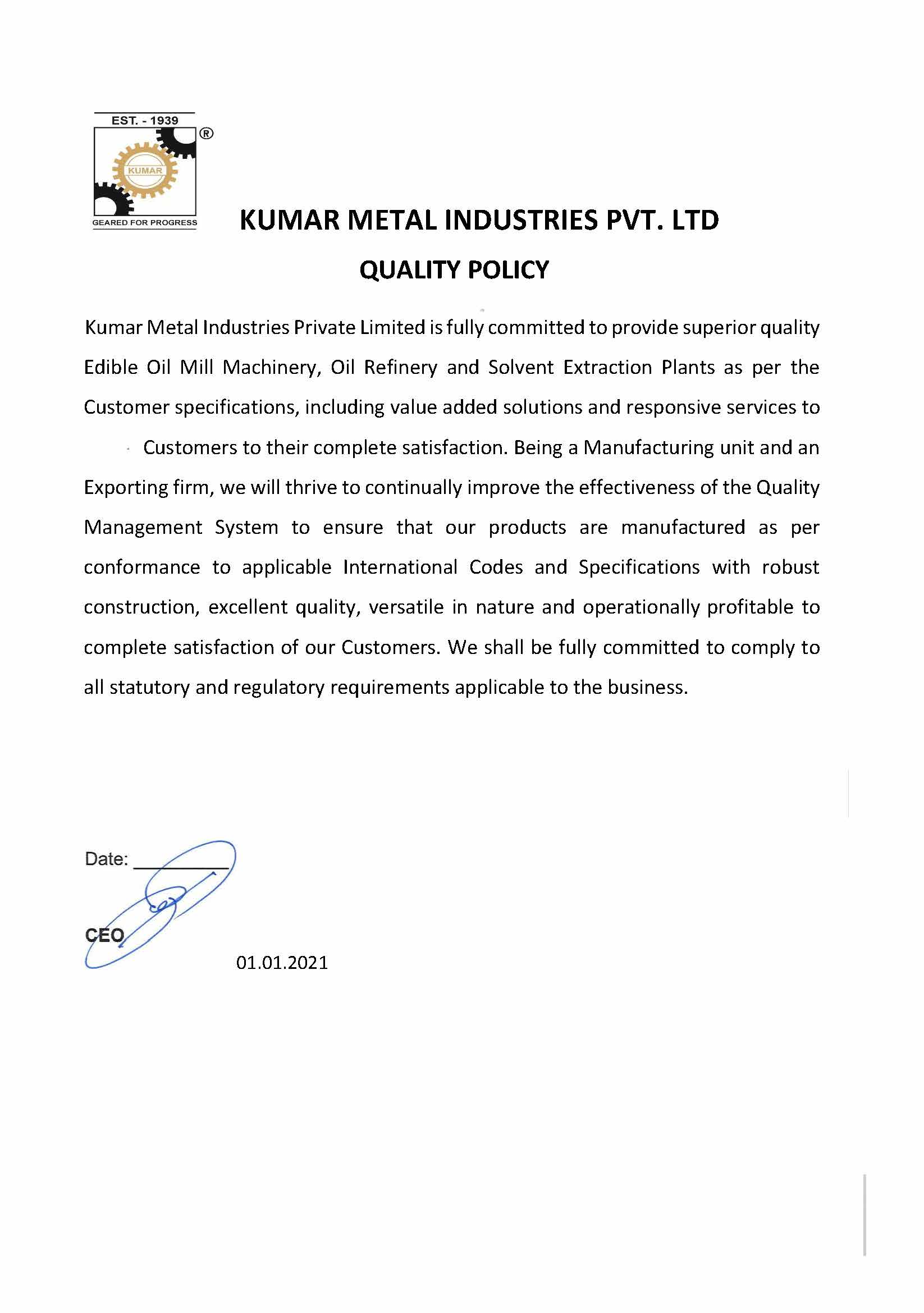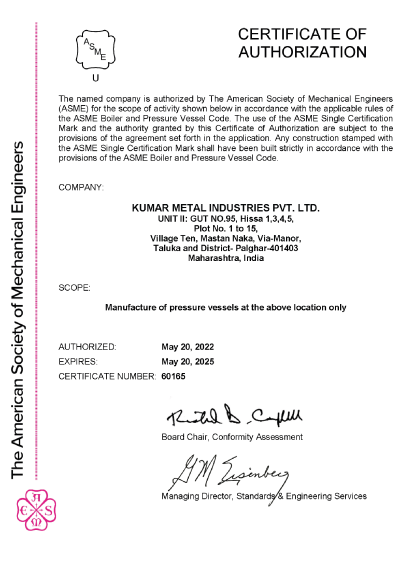
Soybean (also known as soyabean), the legume or bean with the botanical name Glycine max, has attained global importance as a rich source of proteins and polyunsaturated oil after the World War II. It is also an important vegetarian source of omega-3 and omega-6 fatty acids. Direct food uses of soybeans include soya milk and tofu (made from soya milk). Fermented foods like soy sauce are also made from soybeans.bean products over the past few years.
Today, soybeans are cultivated across the globe in large quantities and are processed to obtain vegetable oil as well as the oil meal for a wide range of end-uses. Brazil, United States of America (USA), Argentina, China, and India are the countries that supply large share of soybean production to the world. Therefore, the soybean processing industry, i.e., solvent extraction plants to extract the triglyceride oil from soybeans and feed making plants to produce various animal feeds from the extracted soybean oil meal (and other oil meals), have flourished in these countries in the past several decades. Standards have been specified for various grades of soybeans which are traded across the globe.
Soybeans generally contain about 18 to 20% triglyceride oil and 35 to 40% proteins on dry basis. Traditionally, soybeans are first processed in solvent extraction plants to obtain the vegetable oil and then the oil meal is either used as a component of different animal feeds. Soybean flour is also used to make traditional breads after mixing with other flours like wheat flour. Other products like textured vegetable proteins (TVP) are also made from soybeans. Baby food formulations, meat and dairy alternatives, soy nut butter are some of the advanced food products made from soybeans.
SOYBEAN PROCESSING
Modern soybean processing comprises of solvent extraction to obtain the crude vegetable oil and defatted meal.
The cleaned soybeans first undergo dehulling to remove the upper hard cover and adjusting the moisture content. Several different methods are used for this process. The dehulled soybeans are then conditioned to prepare optimized soy meat flakes of appropriate thickness to facilitate solvent extraction of the oil with food grade hexane in the extractor. After solvent extraction the miscella, i.e., the mixture of oil and hexane are processed through the desolventizer to remove the solvent hexane which is circulated back to the extraction unit. The extracted meal or soybean meal, then undergoes one of the most critical operations called toasting, during which both the urease and trypsin inhibitor in soybean meal are deactivated by subjecting the meal to appropriate temperature for a pre-designated time. The residual moisture and solvent are removed during the next step of drying. The dried soy meal is cooled using forced air. Later, screening and grinding operations are used for meal finishing to meet the required specifications of the soy oil meal.
The desolventized crude soybean oil is subjected to several refining steps – degumming, alkali refining (free fatty acid neutralization), bleaching and deodorizing – to obtain refined soybean oil, which is used for cooking and other applications. The wet gums obtained from the degumming process are the important source of lecithin (phospholipids), a commercial product.
Typical steps of soybean processing are depicted in the following schematic diagram:
SOYBEAN PROCESSING FOR THE PRODUCTION OF OIL, MEAL AND LECITHIN

Kumar Metal Industries Pvt. Ltd. offer advanced technologies and equipment for solvent extraction, oil refining as well as meal processing for soybean (and other oilseeds). These plants are offered on turnkey basis or specific, key equipments may also be supplied as required by the customers. The production capacities of these plants vary widely.

USES
Refined soybean oil is used as a cooking oil or salad oil. It is the second most consumed vegetable oil in the world after palm oil. Soybean oil may also be partially hydrogenated to make vanaspati (a ghee alternative (mainly consumed in India and nearby countries), shortenings or margarines. It may be blended with other refined vegetable oils in these applications. Partially or fully refined soybean oil is also used to make printing inks and oil paints, where its property as a drying oil is utilized. Higher content of the unsaturated fatty acid linoleic acid makes soybean oil a drying oil.
Crude or unrefined soybean oil (usually containing very high free fatty acids) is used in several industrial applications.
Soybean meal usually contains about 45 to 50% proteins and is used to prepare various animal feed formulations by mixing with other ingredients. Soybean meal-based feeds are used to for different animals – poultry, beef and dairy cattle, swine, pets as well as fish. Small quantities of soybean meal are used to make protein-containing soy flour destined for human consumption. Soy protein concentrates and isolates are also produced from soybean meal and are added to different types of foods, like soups, salad dressings, meat alternatives, non-dairy creamers, beverage powders, pastas, etc. Soy flour is also used to make textured soy protein as well.
Soy lecithin is used as a food additive, especially in chocolates, confectionery, margarines, etc. It is also used as the starting material for making purified phospholipids for medical applications, as a source of choline, which is an essential nutrient. Lecithin is also used as an additive in pharmaceuticals, animal feeds, printing inks, paints and coatings and also as a release agent for plastics.
SPECIFICATIONS
Typical specification for refined soybean oil and its major fatty acids composition are presented in the following Table
TYPICAL REFINED SOYBEAN OIL SPECIFICATIONS AND FATTY ACID COMPOSITION

Typical soy meal specifications of international trade are presented in the following Table
TYPICAL SOY MEAL SPECIFICATIONS

Some high-protein soy meal grades may specify protein content of up to 51%.
Typical specifications of liquid soy lecithin are presented in the following Table
TYPICAL SPECIFICATIONS OF LIQUID SOY LECITHIN

In addition to these, soy lecithin is also required to meet several microbiological standards as well.
You might find these interesting:
Understand the productivity and commercial aspects of soybean oilseeds, oil and meal in the Indian scenario
Read about the production process, specifications and applications of soybean protein
Explore the global commercial aspects of soybean oilseeds, oil and meal
For 82 years, Kumar has been delivering dependable process engineering solutions to the oils and fats industry. We're known for our robustly engineered, versatile and operationally profitable plant and machinery. It's why over 500 customers in 65 countries depend on us to solve their processing challenges, big or small. If you’d like to know more about our solutions please fill out the form below:
"*" indicates required fields



















